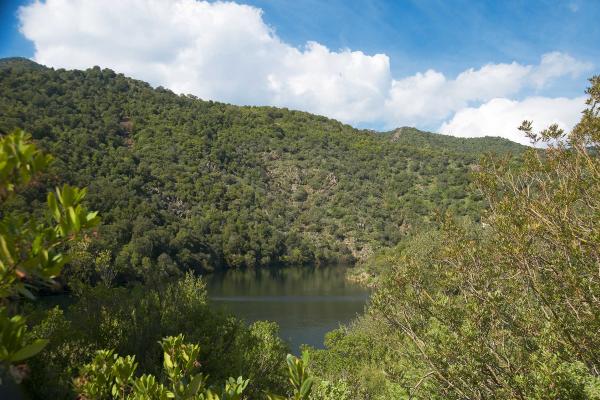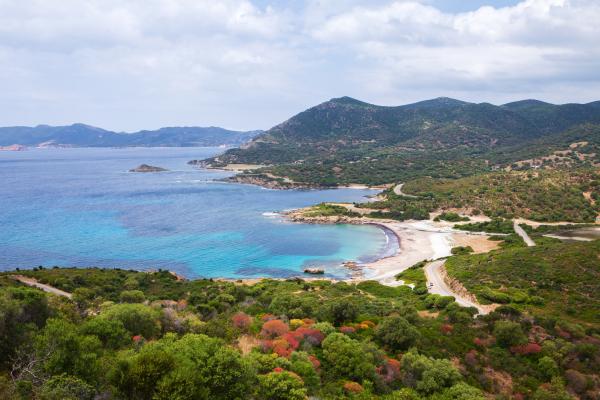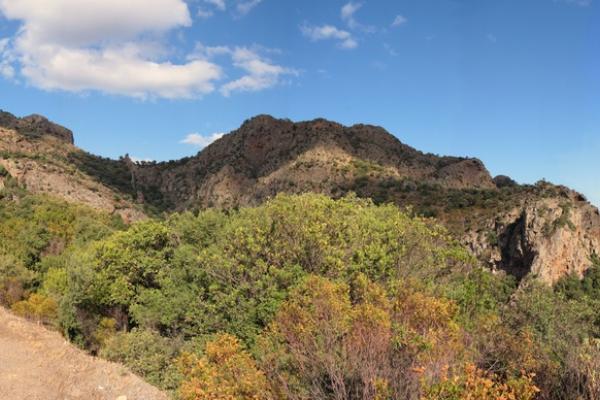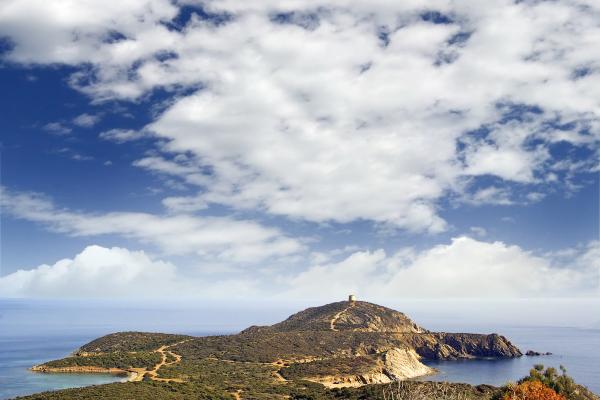Human intervention, with indiscriminate cutting, intensive grazing and fires, has risked compromising the balance, but after being taken away from private owners in 1903 and managed by state government, which started its recovery, it is now among the most florid natural sites in southern Sardinia. Is Cannoneris, a hikers' paradise and a place of mysterious tales of reality mixed with fantasy, extends for approximately 4800 hectares in the territory of Domus de Maria, Pula, Teulada and Villa San Pietro. Its surface area is doubled when including the forest of Pixinamanna, to which it is connected. It is also on the border of Gutturu Mannu, the oasis of Pantaleo and mount Nieddu, green areas that are part of the proposal to create a Sulcis nature park.

Forest
In the southwestern part of Sardinia, on the eastern border of Sulcis, a lush forest that, after a troubled past and now with a luxuriant present, enshrouds you in a heart full of holm oaks, Mediterranean scrub and austere conifers
In the southwestern part of Sardinia, on the eastern border of Sulcis, a lush forest that, after a troubled past and now with a luxuriant present, enshrouds you in a heart full of holm oaks, Mediterranean scrub and austere conifers
See this place because...
You will walk along enchanting trekking trails in one of the Island's 'green lungs', through dense vegetation and torrents, a lavish natural heritage, rare wildlife species and evidence of prehistoric times
Pictures and videos
Nearby
Come arrivare
The forest is reached by going along a road that comes out of the town of Domus de Maria, and after 13 km reaches the locality of Sedda Is Tovus, situated near the forest barracks. The forest is connected to the State Forest of Piscinamanna, Gutturu Mannu, Pantaleo and Monte Nieddu, and is positioned at its centre.
Admission
Free admission
You may also like
More attractions in the vicinity
Nearby hotels and accommodations

Bed and breakfast
SANTADI
9 km

DOMUS DE MARIA
10 km

DOMUS DE MARIA
10 km













